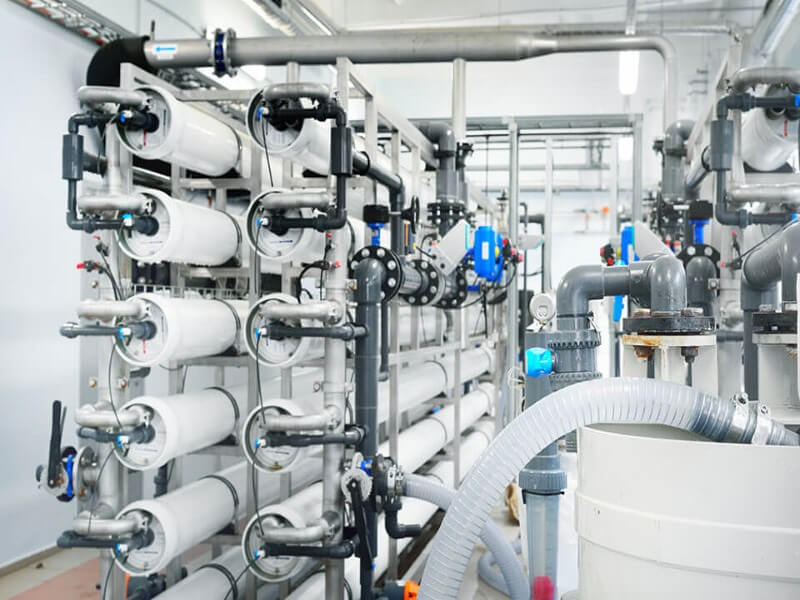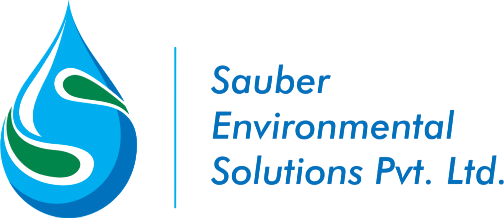- info@sauberenv.com
- +91 - 079-48003327
Water Treatment
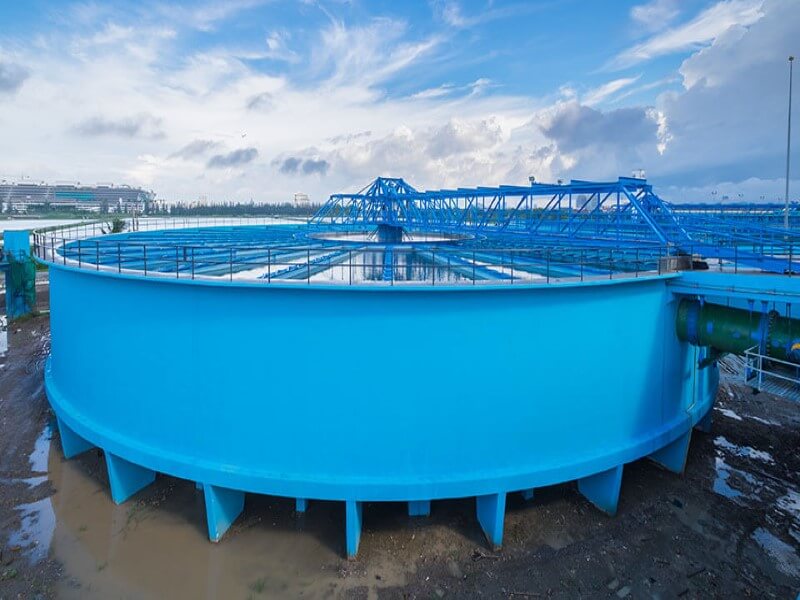
Water Treatment
With growing populations and an overall increase in living standards, not only is the overall demand for freshwater pushing limits (one third of world now lives in areas of “water stress”) and increasing pollution from urban, industrial and agricultural sources is making available resources either unusable or – if there is no alternative – dangerous to health.
We at Sauber preserve the nature’s most precious resource-WATER and treat, conserve and serve million litres of pure and safe drinking water to the needs of societies in urban and rural India.
Natural/Surface Water Treatment:
Water resources including rivers, lakes or fresh water wetlands are known as surface water resources. Precipitation is the natural recharging source for the surface water resources and it also maintain the hydrological cycle. Rivers are the major source of water in India.
Almost 5 million deaths in the developing world annually are due to water related diseases, much of this being preventable with adequate treatment and supplies of safe water. Surface water typically contains a high suspended solids content, bacteria, algae, organic matter, creating bad taste and odour. Hence require suitable and sustainable treatment
We offer following treatment solutions.
- Conventional treatment including clarification (coagulation/flocculation, sedimentation or dissolved air flotation), sand filtration, activated carbon adsorption and disinfection.
- Advanced treatment based on ultrafiltration technology.
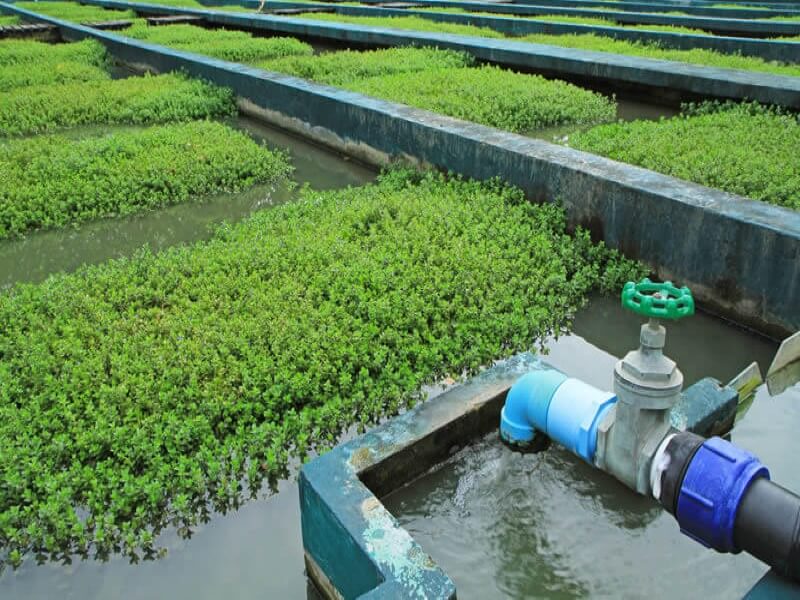
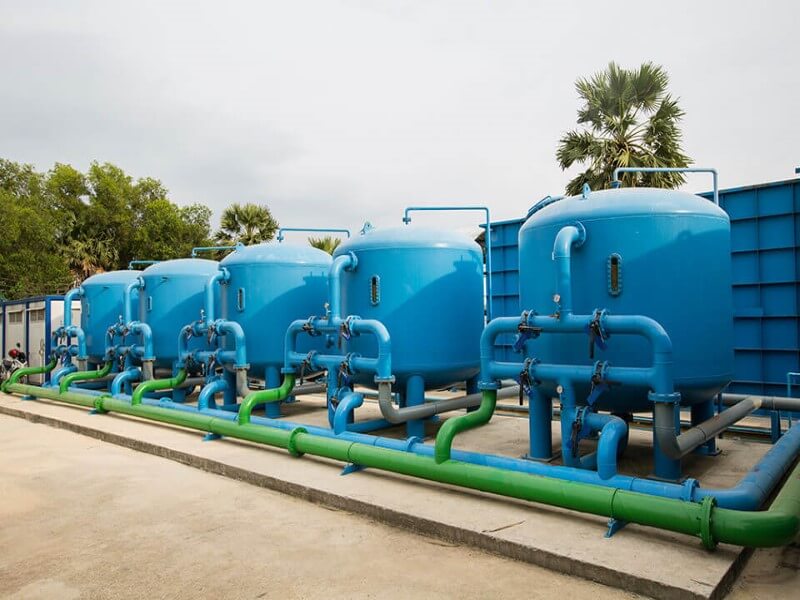
Ground Water Treatment
Water sources like subsurface water or water within aquifers are known as ground water resources. Ground water resource recharge from the precipitation mostly in the monsoon seasons in India. Canal irrigation and other form of irrigation systems also contribute to the recharging of the ground water.
Ground water occurrence in the country is highly uneven due to diversified geological formations. Approximate domestic requirements in rural areas and over 50% of requirements of urban and industrial uses in the country are being met with Ground water. Ground water is of good quality and suitable for drinking, agricultural or industrial purposes. Ground water in shallow aquifers is generally suitable for use for different purposes and is mainly of Calcium Bicarbonate and Mixed type. The quality in deeper aquifers also varies from place to place and is generally found suitable for common uses.
There is salinity problem in the coastal tracts and high incidence of fluoride, Arsenic, Iron & heavy metals etc in isolated pockets have also been reported.
We offer following methods for Ground Water Treatment:
- Chemical – Carbon absorption, ion exchange, chemical precipitation, and oxidation are all ways to achieve clean groundwater by way of chemical remediation
- Physical – Using air to strip water clean, or air sparging is one such way.
- Pump and treat, and using multiple techniques. This process involves physically removing the water from the ground and treating it by way of biological or chemical means.
Sea Water Treatment/Desalination
Less than 3% of the world’s water is fresh – the rest is seawater and undrinkable. Of this 3% over 2.5% is frozen, locked up in Antarctica, the Arctic and glaciers, and not available to man. Thus humanity must rely on this 0.5% for all of man’s and ecosystem’s fresh water needs.
Sea water contains many impurities in other word sea water may be considered as an aqueous solution containing a variety of dissolved solids and gases.
We have tie-ups with several world leading technology providers and we offer a role of integrator and optimised tailor made solution provider to meet the needs of all stakeholders using mix of various technologies for Sea Water Desalination such as
- Distillation
- Multi-stage flash distillation (MSF)
- Multiple-effect distillation (MED|ME)
- Vapor-compression (VC)
- Electrodialysis reversal (EDR)
- Reverse osmosis (RO)
- Nanofiltration (NF)
